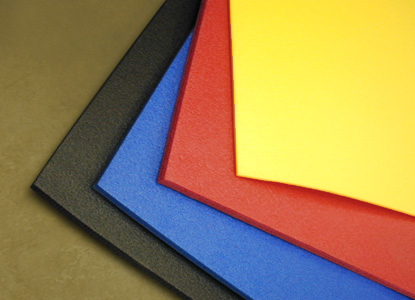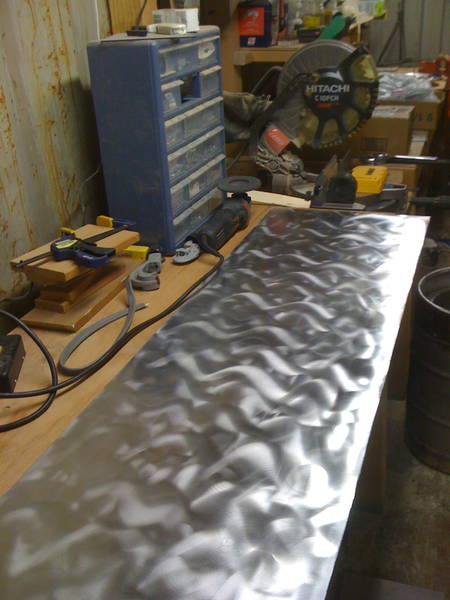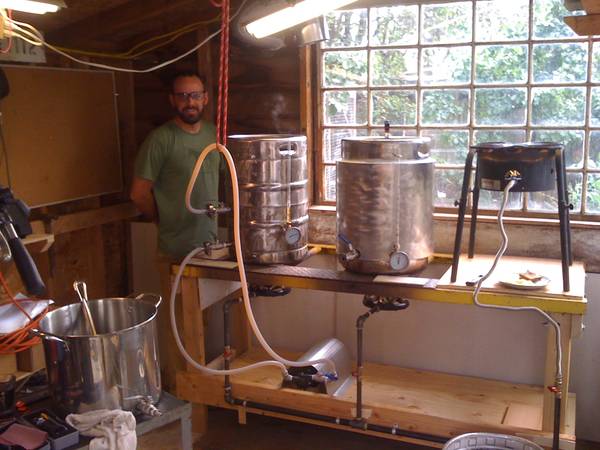As always: thanks to the members of this community who take the time to share so many great ideas (and some not so great ones), post images and links and tell us about your successes and failures. 
This project started for me almost a year ago, and I have spent countless hours pouring over the forums looking for ideas and inspiration. The setup is not yet complete, but with any luck I may be able to brew up my first AG batch on the new setup within the week. But, before I put the finishing touches together I figured I would go ahead and start this build thread. Comments are encouraged: if you see something you like, or if it looks like I am heading down the wrong path, let me know...I will continue to post more images over the next week as I try and get to the first brew day. Thanks for looking.
Here is the old workshop space before being converted into the brew space:

And after being cleaned up...this is one side of an old 10x12 shed in the back yard:

a blank slate...

This project started for me almost a year ago, and I have spent countless hours pouring over the forums looking for ideas and inspiration. The setup is not yet complete, but with any luck I may be able to brew up my first AG batch on the new setup within the week. But, before I put the finishing touches together I figured I would go ahead and start this build thread. Comments are encouraged: if you see something you like, or if it looks like I am heading down the wrong path, let me know...I will continue to post more images over the next week as I try and get to the first brew day. Thanks for looking.
Here is the old workshop space before being converted into the brew space:

And after being cleaned up...this is one side of an old 10x12 shed in the back yard:

a blank slate...




















































